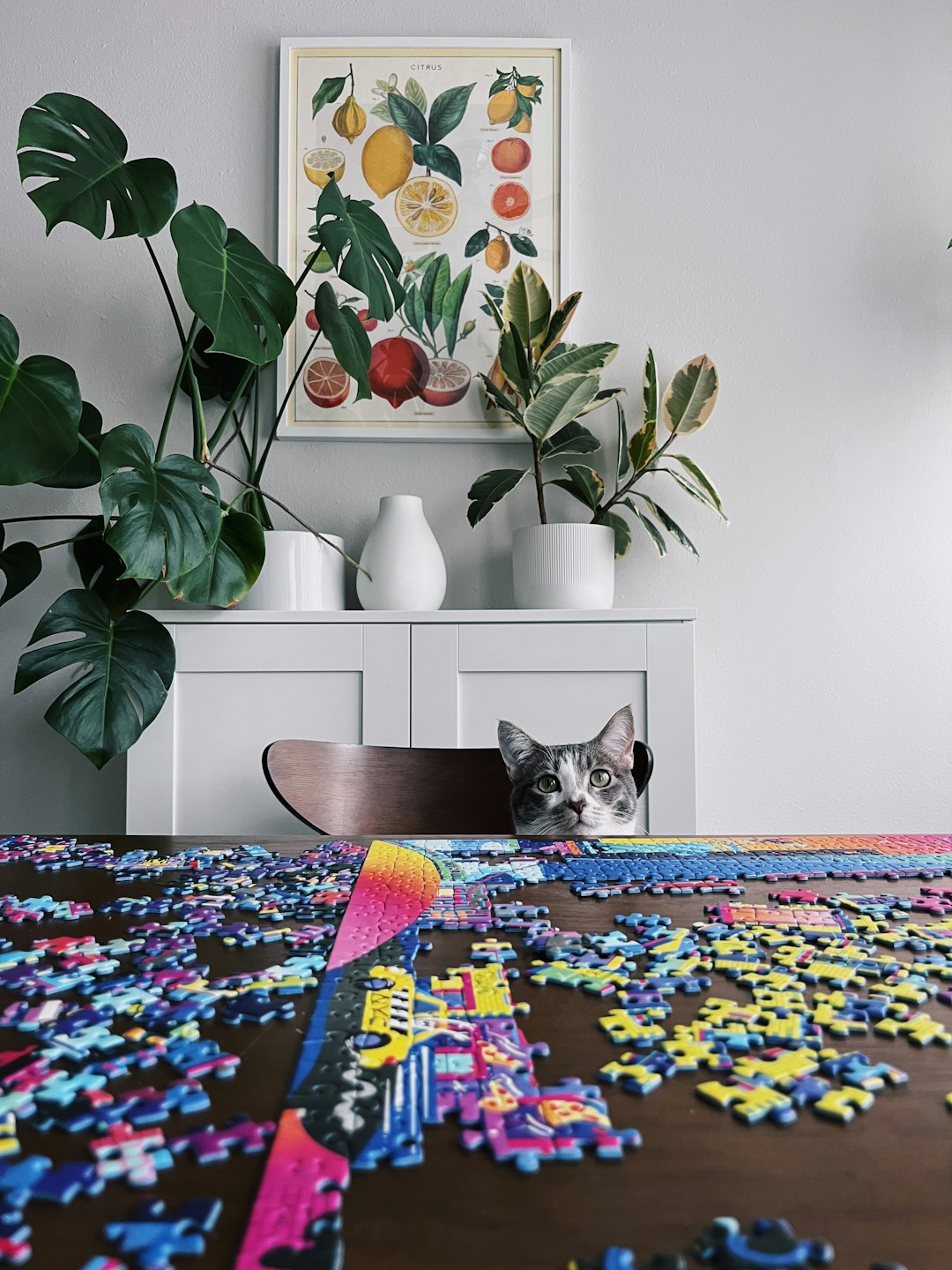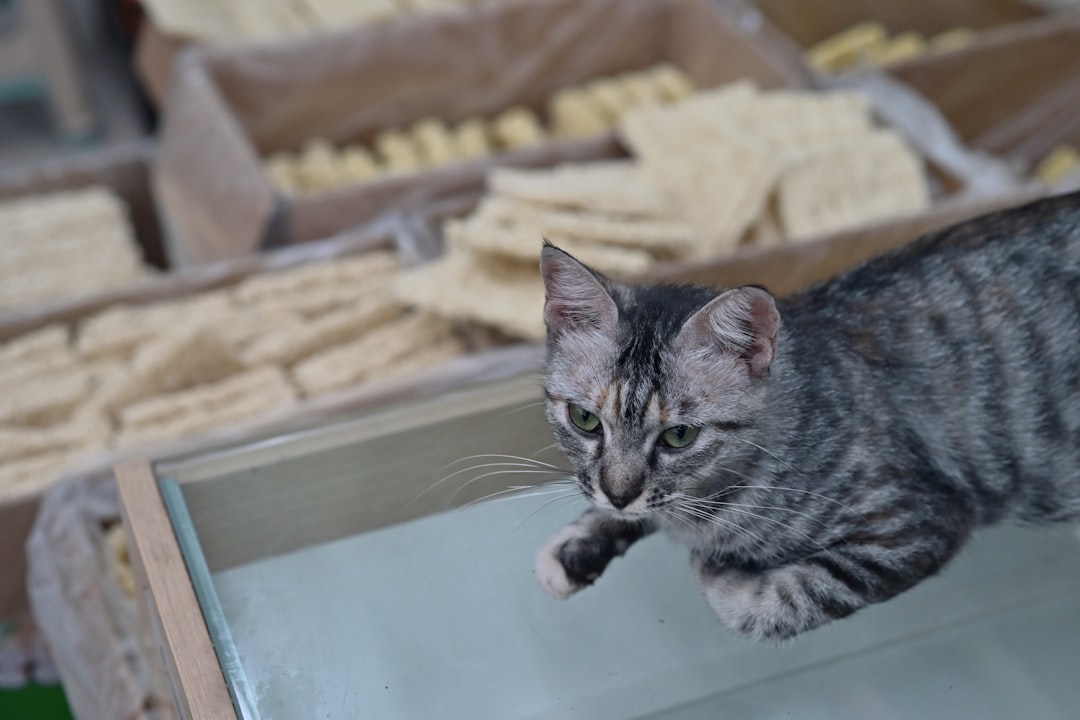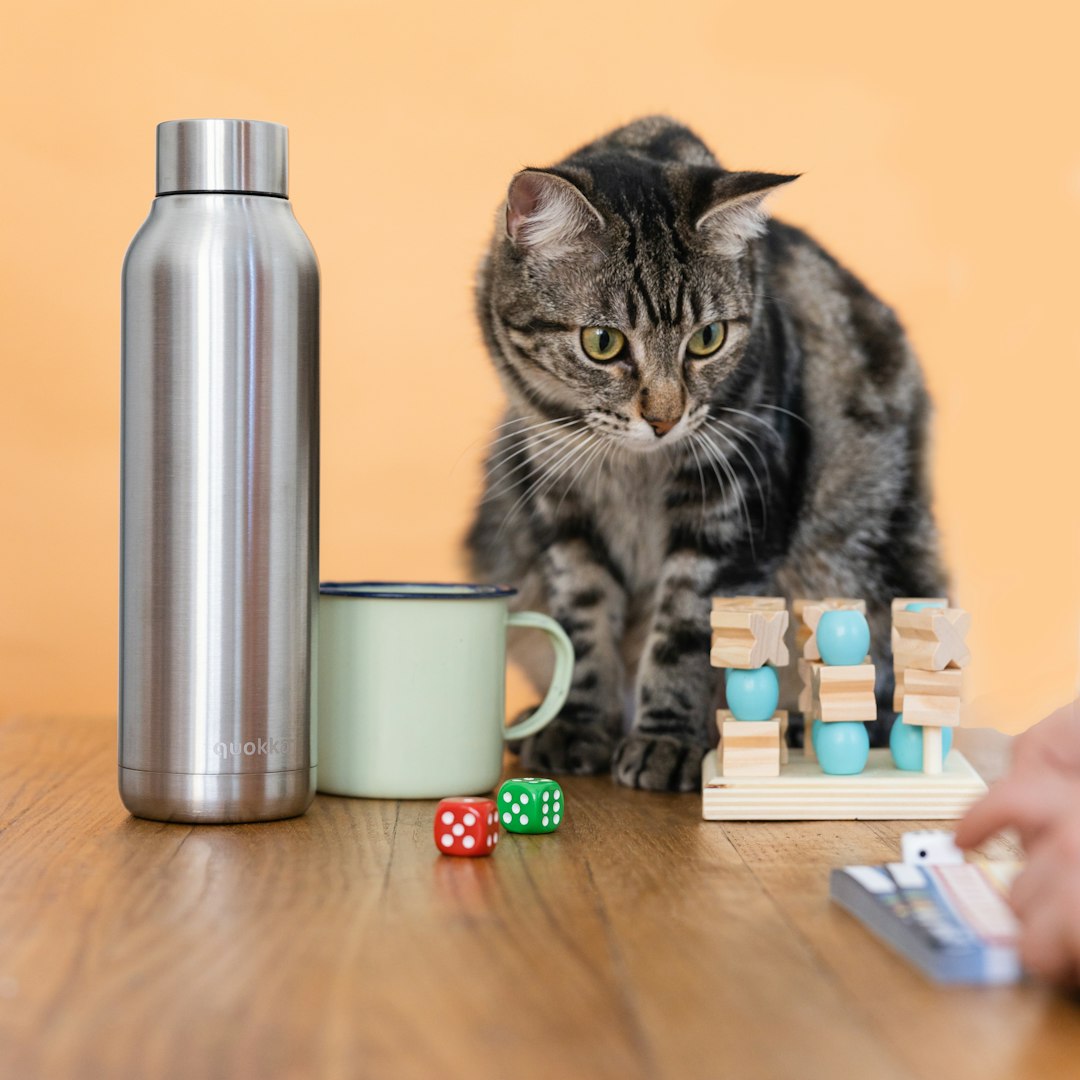For many modern pet owners, enrichment is as essential as food and water. One increasingly popular way to engage feline companions is through treat puzzle boxes. These interactive toys are more than just a fun pastime—they help cats tap into their hunting instincts, reduce boredom, and even assist with weight management. With a variety of shapes, sizes, and complexities available, finding the right puzzle box for a cat comes down to understanding their behavior and preferences.
What Are Treat Puzzle Boxes for Cats?
Treat puzzle boxes are interactive toys designed to stimulate cats both mentally and physically. They typically consist of compartments, levers, sliders, or holes through which cats must maneuver to access treats or kibble. The best puzzle boxes engage a cat’s natural curiosity while offering rewarding and mentally stimulating playtime.
Unlike simpler treat dispensers, puzzle boxes require problem-solving. Cats must paw, nudge, or even figure out sequences to unlock their reward. The appeal is twofold: they keep indoor cats entertained and make mealtime last much longer, aiding digestion and reducing the risk of overeating.

Top Picks for Cat Treat Puzzle Boxes
Below is a curated selection of the most highly rated and cat-approved puzzle boxes currently on the market. These options cater to various skill levels and interaction styles.
1. Trixie Activity Fun Board
This German-designed puzzle box offers five unique challenge modules in one toy. With knobs, slits, and tunnels, cats are encouraged to use a range of skills—from scooping to sliding.
- Great for cats with high intelligence
- Dishwasher safe for easy cleaning
- Non-slip base keeps the unit stable
Pro: Versatility keeps cats engaged with multiple puzzle types.
Con: May be too advanced for beginner puzzle solvers.
2. Catit Senses 2.0 Food Tree
This tree-shaped puzzle box uses a gravity-based system to dispense treats. Cats must paw treats through descending platforms to reach the base.
- Ideal for slowing down fast eaters
- Height and opening width are adjustable
- Stable base prevents tipping
Pro: Adjustable difficulty makes it suitable for all skill levels.
Con: Limited engagement for cats who prefer variety.
3. Petstages Buggin’ Out Puzzle & Play
This compact and colorful puzzle includes 16 compartments for dry food or treats. Cats must uncover or slide pegs to get their reward, satisfying their nocturnal hunting instincts.
- Designed by feline behaviorists
- Non-removable parts for safety
- Made from food-safe materials
Pro: Great entry-level puzzle toy.
Con: May offer limited challenge for advanced cats.
4. Doc & Phoebe’s Indoor Hunting Feeder
This innovative puzzle system replicates a more natural feeding experience. Cats hunt small “mice” that hold portions of kibble, encouraging stalking and pouncing behaviors.
- Supports portion control and weight management
- Veterinarian-designed
- Machine-washable fabric “mice”
Pro: Ideal for cats that eat too quickly.
Con: Requires some floor space and participation from pet owners.

5. Nina Ottosson by Outward Hound Melon Madness Puzzle
Repurposed from the line of dog puzzle toys, this model is feline-appropriate and features compartments that must be opened by pushing or rotating pieces.
- Bright and engaging design
- Durable and non-slip
- Intermediate skill level
Pro: Challenges memory and dexterity.
Con: Not suitable for small or timid cats.
Benefits of Introducing Treat Puzzle Boxes
Puzzle boxes help address a range of common behavioral and health concerns among domestic cats. Benefits include:
- Mental Engagement: Cats are natural problem-solvers. Puzzle boxes keep their minds sharp and stimulate hunting instincts.
- Reduced Boredom: Indoor cats especially benefit from enrichment that mimics the challenges faced in the wild.
- Weight Management: Replacing a food bowl with a feeder puzzle promotes slower, more mindful eating habits.
- Stress Relief: Cats suffering from anxiety or hyperactivity may find comfort in a focused, repetitive task.
Experts recommend rotating puzzle toys to maintain novelty. While cats may initially show little interest, persistence paired with the right treat or food can turn a skeptic into a puzzle box enthusiast.
How to Choose the Right Puzzle Box
When shopping for a puzzle box, consider the following factors:
- Skill Level: Start with an entry-level puzzle if your cat is new to interactive toys. Gradually increase complexity to keep their interest piqued.
- Material: Opt for non-toxic, food-safe materials that are easy to clean. Dishwasher-safe options are a plus.
- Durability: Look for puzzles that can withstand clawing and batting.
- Cat’s Play Style: Observing how your cat plays—whether they use their paws, nose, or entire body—can help match them with a compatible toy.
Be sure to supervise initial play sessions to ensure safety, especially when introducing a new puzzle. Some trial and error is expected before discovering what really captivates your feline friend.

FAQ: Treat Puzzle Boxes for Cats
- Q: Are treat puzzle boxes safe for all cats?
A: Yes, most treat puzzle toys are designed with pet safety in mind. However, always supervise first-time use and check for wear and tear regularly. - Q: Can kittens use puzzle boxes too?
A: Absolutely! Choose beginner-level designs, as kitten paws are smaller and their learning curve is steeper. Puzzle boxes can aid developmental growth as well. - Q: How often should a cat use a puzzle box?
A: Daily use is ideal, especially if used in place of a feeding bowl. You can rotate designs every few days to prevent boredom. - Q: What treats work best with these puzzles?
A: Use dry kibble, freeze-dried meat, or small, crunchy cat treats that won’t leave residue. Avoid moist or sticky treats that could jam the compartments. - Q: Can puzzle boxes help with behavioral problems?
A: Yes. Providing a positive outlet for energy can reduce undesirable behaviors such as aggression or excessive meowing. They’re especially helpful for anxious or overactive cats. - Q: My cat loses interest quickly. What can I do?
A: Try different treat types and consider starting with easier puzzles. Keeping toys in rotation and using enthusiastic encouragement can also help build interest over time.
Puzzle boxes are more than just a trendy gadget—they’re a thoughtful investment in a cat’s mental and emotional well-being. With a little patience and the right pick, even the most aloof feline can become an avid puzzle solver.


